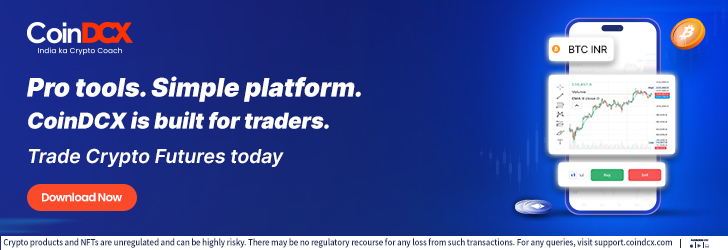A quiet revolution brews in the cryptocurrency markets. While headlines obsess over Bitcoin’s volatility, a new contender, which is gold-backed stablecoins, has been gaining momentum. Analysts whisper these tokens could destabilise the dollar’s reign.
Geopolitical Distrust Fuels Gold’s Digital Comeback
Nations like Russia, China, and Iran increasingly reject dollar-backed assets, wary of U.S. sanctions and policies. Bitcoin advocate Max Keiser claims these countries hold over 50,000 tonnes of gold, which far exceeds reported reserves. “They’ll counter USD stablecoins with gold-backed alternatives,” he predicts. Unlike fiat currencies, gold avoids inflation risks and political interference, offering a neutral global asset.
On the other hand, U.S. lawmakers push dollar-pegged stablecoins to maintain financial dominance. But skepticism grows. Countries facing strained U.S. relations now eye gold’s stability. This shift threatens America’s plan to weaponise the dollar through digital tokens.
Inflation Hedge: Gold’s Timeless Allure vs. Fiat’s Erosion
Gold-backed tokens surge as inflation erodes fiat currencies. Since 1971, the dollar has lost 85% of its purchasing power. Following this, gold prices climbed 15.7% this year alone, outperforming struggling crypto markets. “Tether Gold mirrors the pre-1971 dollar,” says ex-VanEck executive Gabor Gurbacs.
Investors now flock to assets shielding wealth from central bank policies. Stablecoins tied to gold offer this, while dollar tokens inherit the USD’s vulnerabilities. As hyperinflation fears spread, gold’s scarcity at a finite 209,000 tonnes above ground becomes irresistible.
Tether’s Alloy Revives the Gold Standard’s Ghost
In June 2024, Tether launched Alloy (aUSDT), a stablecoin backed by its XAUT token, each unit representing physical gold. Unlike abstract fiat, XAUT’s value links to tangible reserves stored in Swiss vaults. Gurbacs argues this system echoes the Bretton Woods era, before Nixon severed gold from the dollar.
The product’s success hints at shifting preferences. Institutions now hedge crypto exposure with gold tokens, blending ancient value storage with blockchain efficiency. Meanwhile, dollar stablecoins face scrutiny over transparency and centralisation.
U.S. Fights Back: Doubling Down on Dollar-Backed Tokens
The Trump administration vows to cement dollar supremacy via stablecoins. Treasury Secretary Scott Bessent calls them “critical” for global hegemony. At a March crypto summit, Federal Reserve Governor Christopher Waller echoed this, endorsing stablecoins as dollar proxies.
Lawmakers back bills like the Stable Act of 2025 to regulate tokenised fiat. Yet critics warn this alienates nations seeking alternatives. “Forced dollar adoption will backfire,” Keiser argues. As policies polarise, gold’s apolitical nature gains appeal.
Can Gold Outshine the dollar’s infrastructure?
Dollar stablecoins dominate today, backed by liquidity and existing systems. Visa and PayPal integrate them; gold tokens lag in adoption. Storage costs and audit complexities also challenge gold-backed models. Trust issues persist; can issuers prove reserves exist?
Still, innovators work to solve these. Blockchain enables real-time audits of gold holdings. Meanwhile, inflation and U.S. debt, now exceeding $34 trillion, pressure the dollar. “Gold’s volatility is minor compared to fiat’s decay,” notes Gurbacs.
A Clash of Philosophies
This battle isn’t just about technology; it’s about ideology. Gold-backed coins appeal to decentralisation purists and inflation-wary savers. Dollar tokens cater to traders prioritising speed and familiarity.
Yet history favours gold. Surviving empires, wars, and economic collapses, its legacy as “real money” endures. As distrust in institutions grows, digital gold offers a bridge between ancient value and modern finance.
Will gold-backed coins dethrone the dollar? Not overnight. But with every central bank misstep and inflation spike, their allure strengthens. In this high-stakes duel, gold’s 5,000-year track record may prove its ultimate edge.






